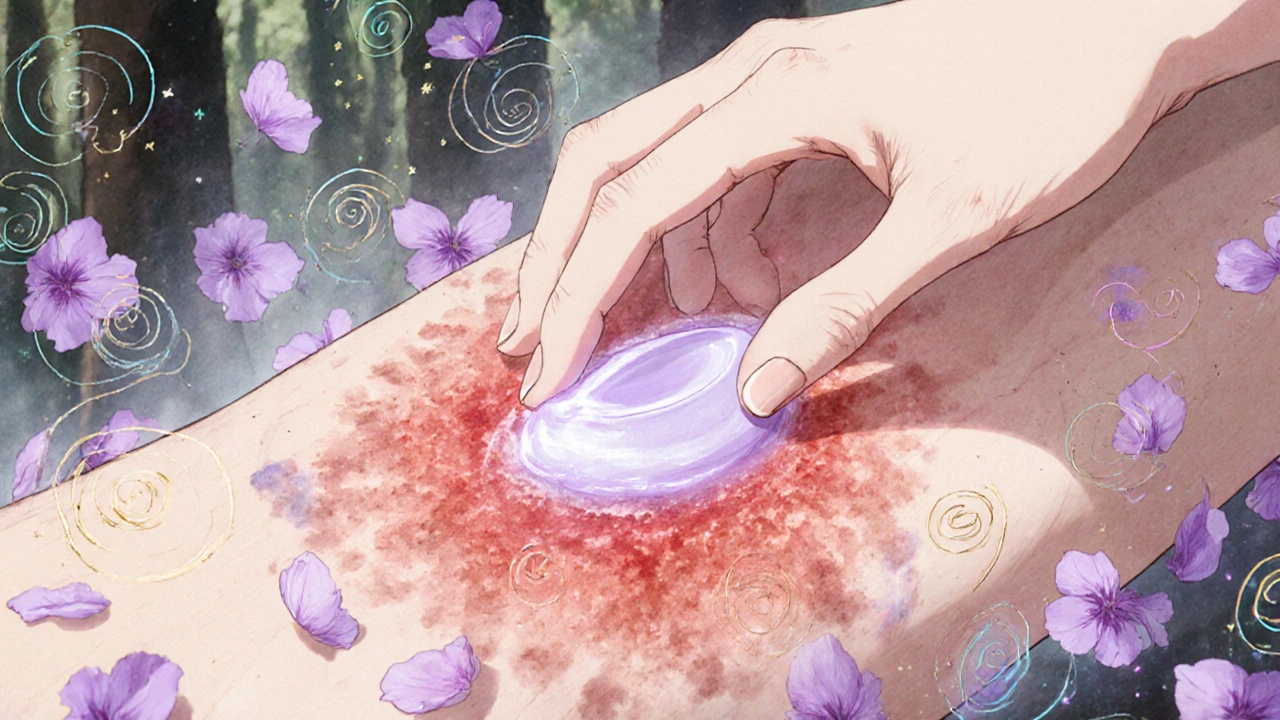Allergic Skin Reactions: Causes, Treatments, and What Works
When your skin turns red, itchy, or swollen out of nowhere, it’s often an allergic skin reaction, a response by your immune system to something it wrongly sees as harmful. Also known as contact dermatitis, this isn’t just a minor annoyance—it can be painful, disruptive, and sometimes a sign of something deeper. These reactions happen when your body overreacts to substances like poison ivy, nickel in jewelry, certain soaps, or even medications. You don’t need to be allergic to everything—just one trigger can set off a full-blown flare-up.
Common forms include hives, raised, itchy welts that appear suddenly and may move around the body, and eczema flare-ups, dry, cracked patches often triggered by allergens or irritants. Some reactions show up hours after exposure; others hit within minutes. The key is recognizing patterns: Did you use a new lotion? Wear new jeans? Start a new pill? These clues matter more than you think. Many people reach for steroid creams like Fluticasone right away, but not all rashes need strong meds—and some get worse with them.
What works depends on the cause. Poison ivy? Cool compresses and oatmeal baths help more than you’d guess. A drug reaction? Stopping the medicine is the real fix. Chronic itching? It might not be allergy at all—it could be something like psoriasis or fungal overgrowth. That’s why guessing isn’t enough. The posts below break down real cases: how dexamethasone helps in severe poison ivy but isn’t safe for everyday use, why Flutivate cream works for some but not others, and how to tell if your rash is truly allergic or something else entirely. You’ll also find what to avoid—like mixing topical steroids with unknown OTC products—and when to skip the pharmacy and see a doctor. No fluff. No hype. Just what actually helps, based on real patient experiences and medical evidence.

